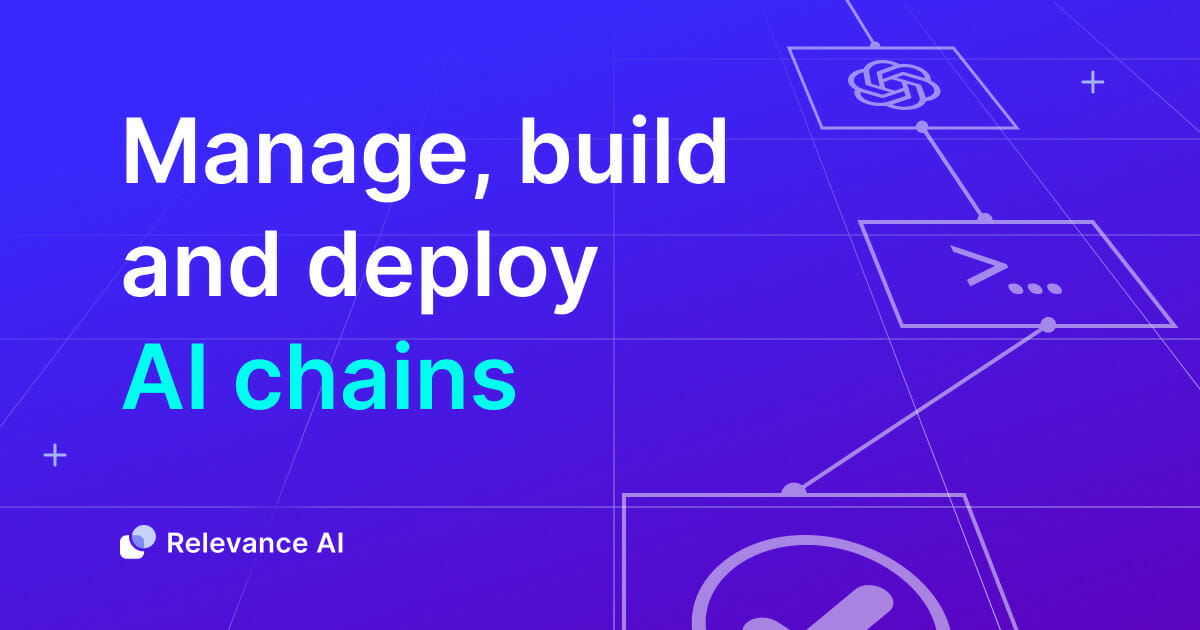-
Artificial Intelligence prompting frameworks for training your own AI-agents
The RTF Framework Explained:
- R → Role: This represents the persona or “character” you’d like the AI to assume. Whether it’s a scientist, chef, or author, by setting a role, you guide the AI’s perspective or mindset. For instance, instructing the AI to “Emulate a Chef” will make it think and reply in a culinary manner.
- T → Task: This signifies the specific action you’re assigning to the AI. It could range from research, storytelling, scheduling, and more. Essentially, it’s your directive to the AI. If you command, “Draft a recipe,” the AI will outline a cooking procedure for you.
- F → Format: This determines the structure or presentation style of the AI’s response. Whether you prefer a list, table, narrative, or diagram, this ensures the output aligns with your preference. For instance, requesting “Present as a list” will get you a list-styled response.
Note: To leverage advanced formats like PDFs, images, or code, ensure you’re utilizing ChatGPT plugins.
Using the RTF Framework: By integrating the Role, Task, and Format, you might prompt, “Emulate a Chef, Draft a recipe, Present as a list.” The AI will then detail a recipe in a list format, mirroring a genuine chef’s approach.
Sample Prompts:
- “Emulate a Veterinarian, Explore various dog breeds, Display in a Slide Deck.”
- “Emulate an Accountant, Design a monthly budget, Present in a Spreadsheet.”
- “Emulate a Programmer, Structure a Python project, Display in Visual Studio.”
In Essence: The beauty of the RTF framework lies in its versatility. By creatively combining roles, tasks, and formats, you can tailor prompts to your exact requirements, optimizing your AI experience.
Attached is a handy cheatsheet to guide your use of the RTF framework.
- CTF: Context, Task, Format
Envision CTF as a script for the AI, providing a backdrop, action, and delivery method.
- Context: Background or setting.
- Task: The action to be executed.
- Format: The desired presentation style.
Ideal for: Descriptive writing, situational prompts, and scenario-driven tasks.
Example: Context: You’re a detective in a thriller. Task: Detail the crime scene. Format: Frame it as a police report.
- TREF: Task, Requirement, Expectation, Format
TREF is akin to a detailed assignment brief.
- Task: The primary action.
- Requirement: Specific conditions to be met.
- Expectation: The desired outcome.
- Format: The presentation style.
Ideal for: Specific assignments, detailed projects.
Use Cases:
- Drafting a topic-specific research paper.
- Crafting a subject-focused presentation.
- Designing a poster with designated elements.
- GRADE: Goal, Request, Action, Detail, Examples
GRADE serves as a comprehensive guide to achieving a specific objective.
- Goal: The ultimate aim.
- Request: The query or question.
- Action: Steps or methods to achieve the goal.
- Detail: Specific elements or components.
Ideal for: Detailed planning, goal realization.
Use Cases:
- Establishing and achieving a fitness milestone.
- Project planning with step-by-step guidelines.
- Setting and meeting a reading target.
- PECRA: Purpose, Expectation, Context, Request, Action
PECRA can be likened to a strategic mission brief.
- Purpose: The primary reason or objective.
- Expectation: The anticipated outcome.
- Context: The setting or backdrop.
- Request: The specific ask.
- Action: The method or steps to achieve the request.
Ideal for: Strategic planning, project outlines.
Use Cases:
- Organizing a charity fundraiser.
- Proposing a new club at school.
- Devising a marketing strategy.
Your Task:
Adopt these prompt structures for ChatGPT interactions. You’ll witness a significant enhancement in results.
Additionally, explore the “RRRR” structures:
- RSCET: Role, Situation, Complication, Expectation, Task
- RASCEF: Role, Action, Steps, Context, Examples, Format
- ROSES: Role, Objective, Scenario, Expected Solution, Steps
- RDIREC: Role, Definition, Intent, Request, Example, Clarification Tone
Harness these frameworks for a more structured and effective AI interaction.
Log in to reply.






